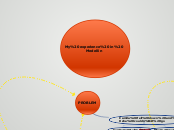por Wilber León D. hace 8 años
1687
Information about my country
Colombia offers a rich tapestry of touristic attractions that captivate visitors with their historical significance and vibrant culture. Bogotá, the capital city, is a bustling metropolis located high in the Andes.









